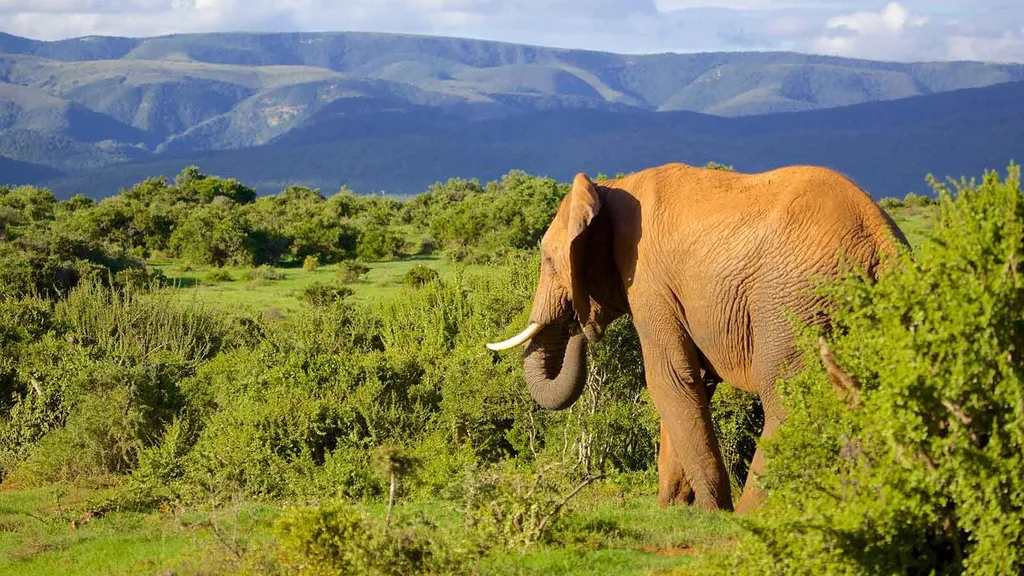In the heart of South Africa, the Addo Elephant National Park (AENP) is a treasure trove of biodiversity, but managing and conserving this rich ecosystem requires a nuanced understanding of its land-use and land-cover (LULC) dynamics. A recent study published in *Ecological Informatics* (translated to English as *Ecological Information Science*) has shed new light on this topic, offering insights that could reshape conservation strategies and even influence the energy sector.
Mohammad Safaei, a researcher from the Department of Geography at the University of Florida, led a team that delved into the intricacies of LULC changes within and around AENP. Using advanced machine learning (ML) and deep learning (DL) techniques, the team produced high-resolution LULC maps for the years 2002, 2014, and 2022, revealing the subtle shifts in the park’s landscape.
The study compared two approaches: object-based and pixel-based classification, with the latter emerging as the more effective method. “The pixel-based approach provided a more detailed and accurate representation of the land cover,” Safaei explained. The team also pitted two ML algorithms, Random Forest (RF) and Support Vector Machines (SVM), against a DL algorithm, UNet++. RF came out on top, achieving impressive accuracies of 89.1%, 91.2%, and 91.9% for the years 2002, 2014, and 2022, respectively.
The researchers experimented with various predictor variables, including spectral bands, spectral indices, time-series data, and textural information. They also performed spectral mixture analysis, using the resulting fraction layers as independent variables in their models. The variable importance analysis highlighted the consistent significance of elevation, slope, and the time-series of normalized difference indices.
So, what does this mean for the energy sector? Understanding LULC dynamics is crucial for planning and managing renewable energy projects, such as solar and wind farms. These projects require large tracts of land, and their impact on local ecosystems must be carefully considered. The methods and insights from this study could help energy companies make more informed decisions, minimizing their environmental footprint while maximizing energy output.
Moreover, the study’s focus on change detection could aid in monitoring the environmental impact of energy projects over time. “By tracking LULC changes, we can assess the long-term effects of human activities, including energy projects, on the environment,” Safaei noted.
The final land-cover maps revealed grass as the predominant class both inside and outside AENP, followed by thicket within the park, and agriculture outside it. Land-cover change analysis indicated small changes (<3%), primarily involving transitions between thicket and grass classes inside the park, and grass and agriculture outside.This research not only advances our understanding of LULC dynamics in AENP but also paves the way for more effective conservation strategies. It also offers valuable insights for the energy sector, highlighting the importance of careful planning and monitoring in renewable energy projects. As Safaei and his team continue to refine their methods, the future of land-cover classification looks increasingly promising.

